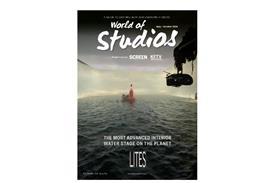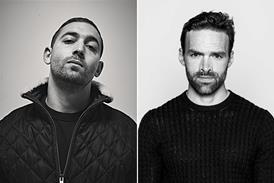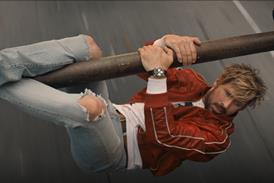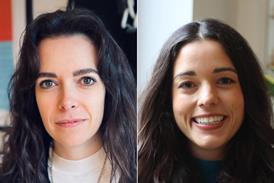Having completed back to back stereo 3D shoots for Resident Evil: Afterlife and The Three Musketeers, director Paul WS Anderson now wants to make all his productions in the format.
“I’m a convert,” he told Screen Tech. “Everything I plan to shoot in future will be 3D. It’s exciting to be working in film when there’s a major paradigm shift on the level of moving from silent movies to talkies.”
Constantin Film and Impact Pictures’ The Three Musketeers wrapped principal photography in Germany in November 2010 and is in post production at Toronto’s Mr X Inc. The film was shot on eight Arri Alexa digital cameras and a pair of Weisscams for slow motion photography, all mounted on Pace rigs.
“To create an effective 3D movie you have to approach it organically from script though production design to location choice,” says Anderson. “You can’t bolt on 3D as an afterthought because the way you frame and move the camera changes [from 2D].”
Anderson admits that when he started work on Resident Evil: Afterlife neither he nor regular cinematographer Glen MacPherson were 3D experts.
“None of us knew how to work with 3D but we’ve gone from zero to knowing a lot. It’s a question of embracing the technology and being prepared to relearn filmmaking techniques. It’s not often a technology comes along that is so radical.”
Anderson feels that a reliance on 3D specialists, such as stereographers and technicians, should be avoided.
“A lot of the rules of 3D filmmaking are there to be broken and there are a lot of boffins who set themselves up as experts in 3D when the majority don’t know what they are talking about,” he said.
“Through experience, Glen and I instinctively understand where to place the convergence when we are on set. 3D is just another filmmaking tool and should be treated as such.”


















1 Readers' comment